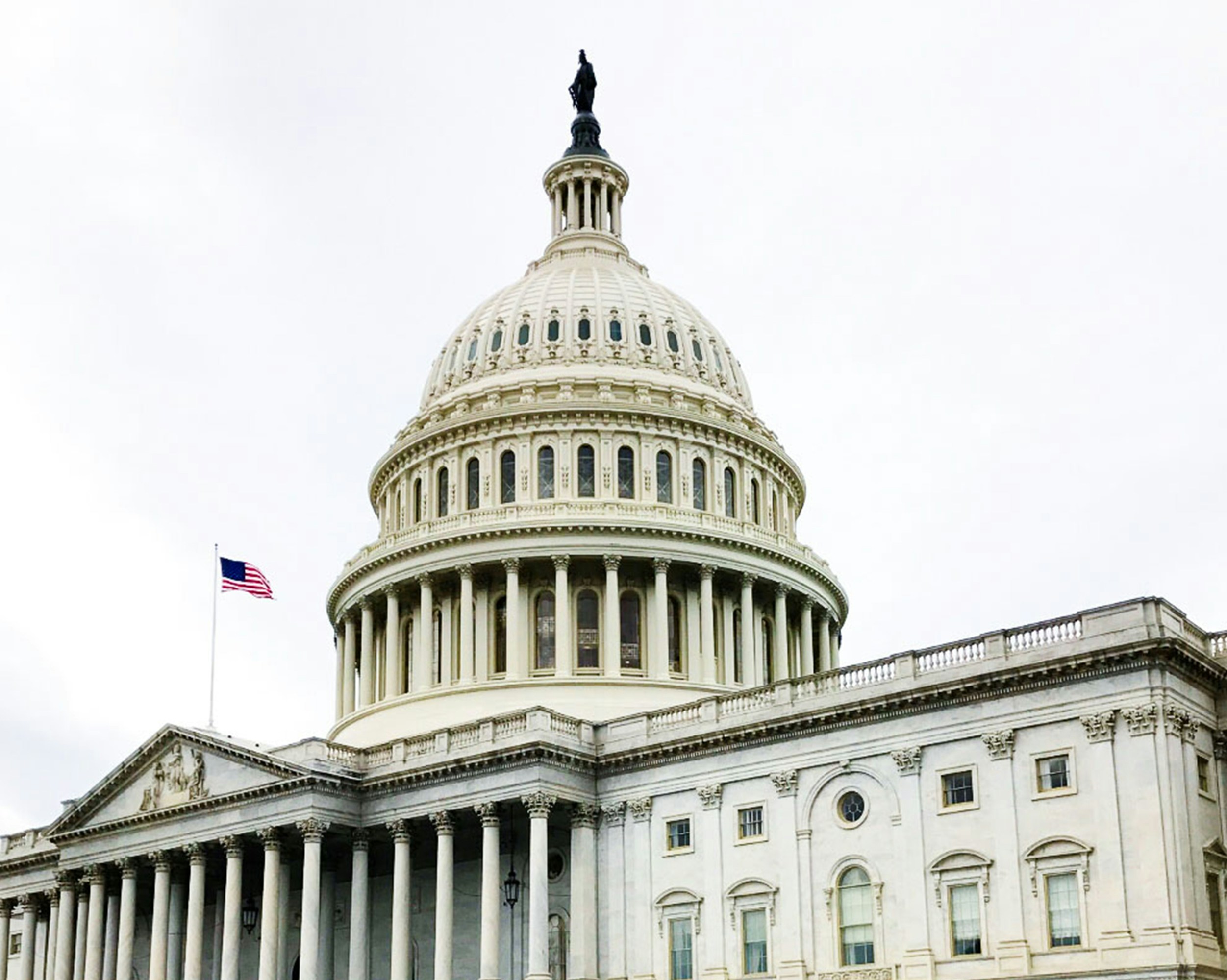
DOL Issues Final Rule Raising the Salary Threshold for Overtime Exemptions
- Breaking News
On Tuesday, the Department of Labor issued its final rule modifying the standards for classifying employees as exempt from the overtime requirements of the Fair Labor Standards Act. To qualify for one of the white-collar exemptions (executive, administrative or professional), an employee must meet one of the primary duty tests, be paid on a salaried basis and earn above a minimum threshold.
The DOL’s final rule would raise the salary threshold from $35,568 to $43,888 ($844 per week) on July 1, 2024 and raise it again to $58,656 ($1,128 per week) on January 1, 2025. The rule provides that DOL will update the threshold every three years beginning in 2027.
Up to 10% of the threshold can be satisfied with non-discretionary bonuses or commissions that are paid annually or more frequently. If the employee’s compensation does not meet the threshold after including the bonuses or commissions, the employer can preserve the exemption with a single catch-up payment at year-end.
The new rule will inevitably face legal challenges. As you likely recall, the Obama DOL tried to raise the salary threshold to $47,000, but it was struck down by the federal courts. The challenges this time may be more complicated as some Supreme Court justices have criticized the practice of some lower court judges issuing broad nationwide injunctions against DOL. Although we expect some judges to strike the new rule down, the effect may be limited in geographic area – meaning the rule may go into effect in some states but not in others.
If the rule survives legal challenge, what are an employer’s options for currently exempt employees who perform exempt job duties but whose salary is below the new threshold?
- Increase their salary to the new threshold: Easy (and in some cases, expensive) answers first! Here’s one thing we suggest, though: take the opportunity to review the employee’s job duties to be sure they line up with at least one of the available white collar exemptions (executive, administrative, professional).
- Calculate the hourly wage including anticipated OT: Of course, employers can also elect to convert employees in the salary gap to hourly non-exempt workers. But, how to pick the right hourly wage? You have to know how much they’re working. For employees who work exclusively at a job site with entry and exit times recorded (or recordable) or for those who log their time for other purposes, the assessment is easy. For exempt employees who do things like respond to emails from home, send and receive work-related texts on the weekends, it’s harder. To get a good estimate, you may have to ask them to clock in and clock out for a period of time, or otherwise record and report their hours. (Yes, you may ask exempt employees to do this!).
- Fluctuating work week: In this often-misunderstood system, the employee is given a fixed weekly salary regardless of the number of hours they work in a workweek (even if it’s well under 40 hours). If an employee works over 40 hours in a week, they will receive an additional 50% of their hourly rate for each overtime hour worked, but the hourly rate is calculated from the unchanging salary divided by the actual number of hours worked (so the hourly rate would be lower in a 50-hour week than a 45-hour week). While permitted under federal law, some states prohibit this method, and certain technical nuances are interpreted differently by the various federal courts.
If you have any questions or would like additional information, please contact Al Vreeland and 205-323-9266 or avreeland@lehrmiddlebrooks.com.





